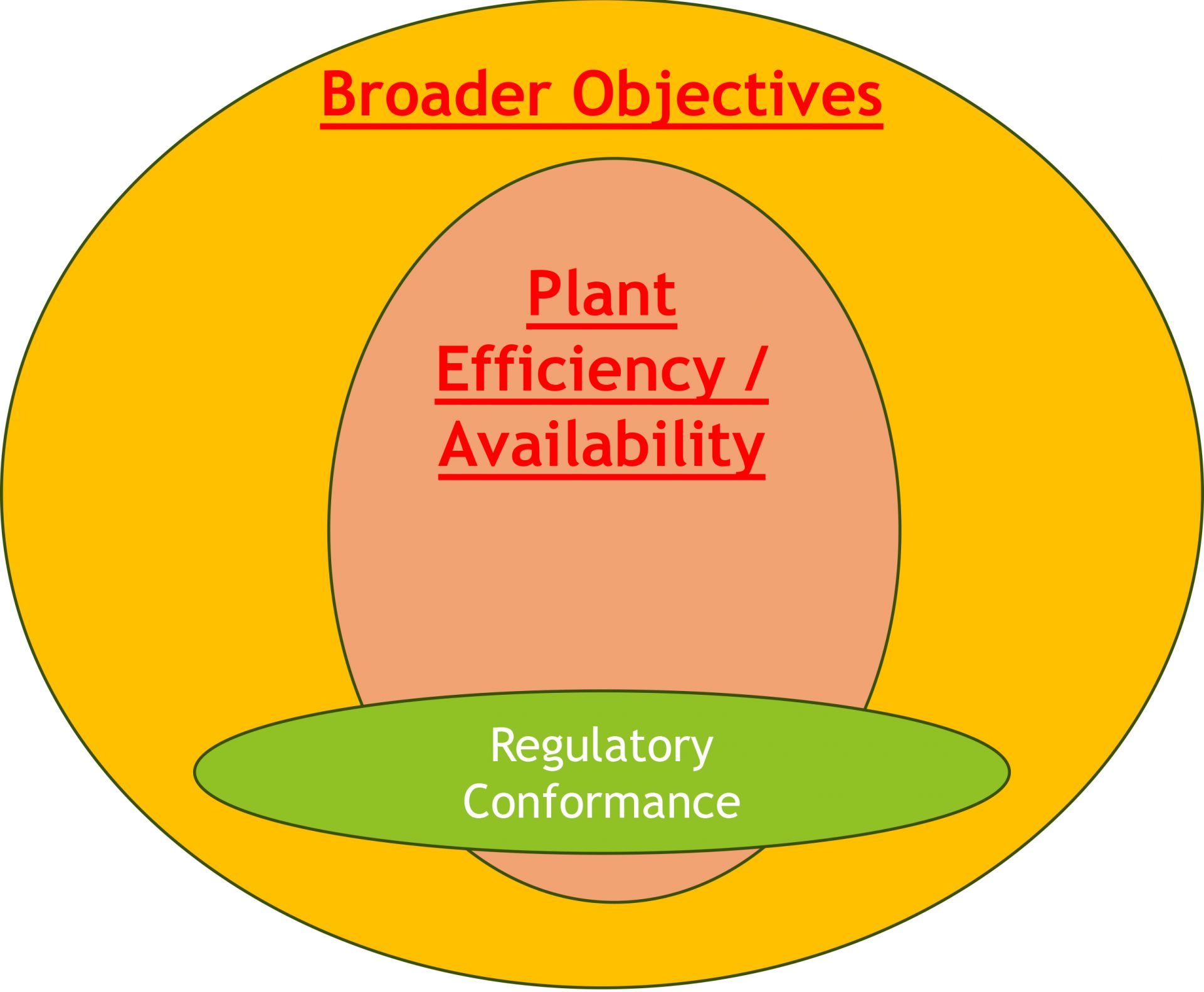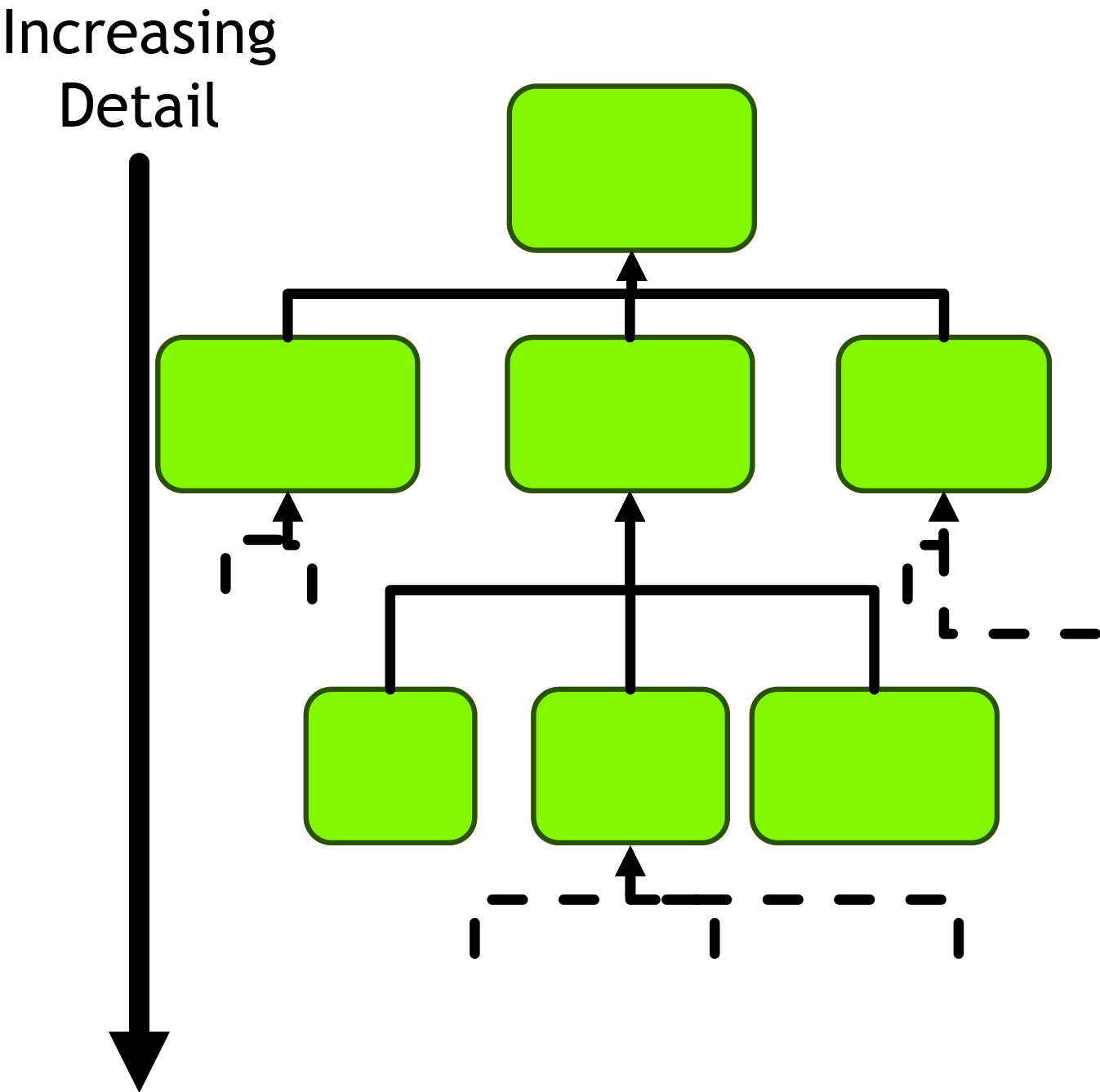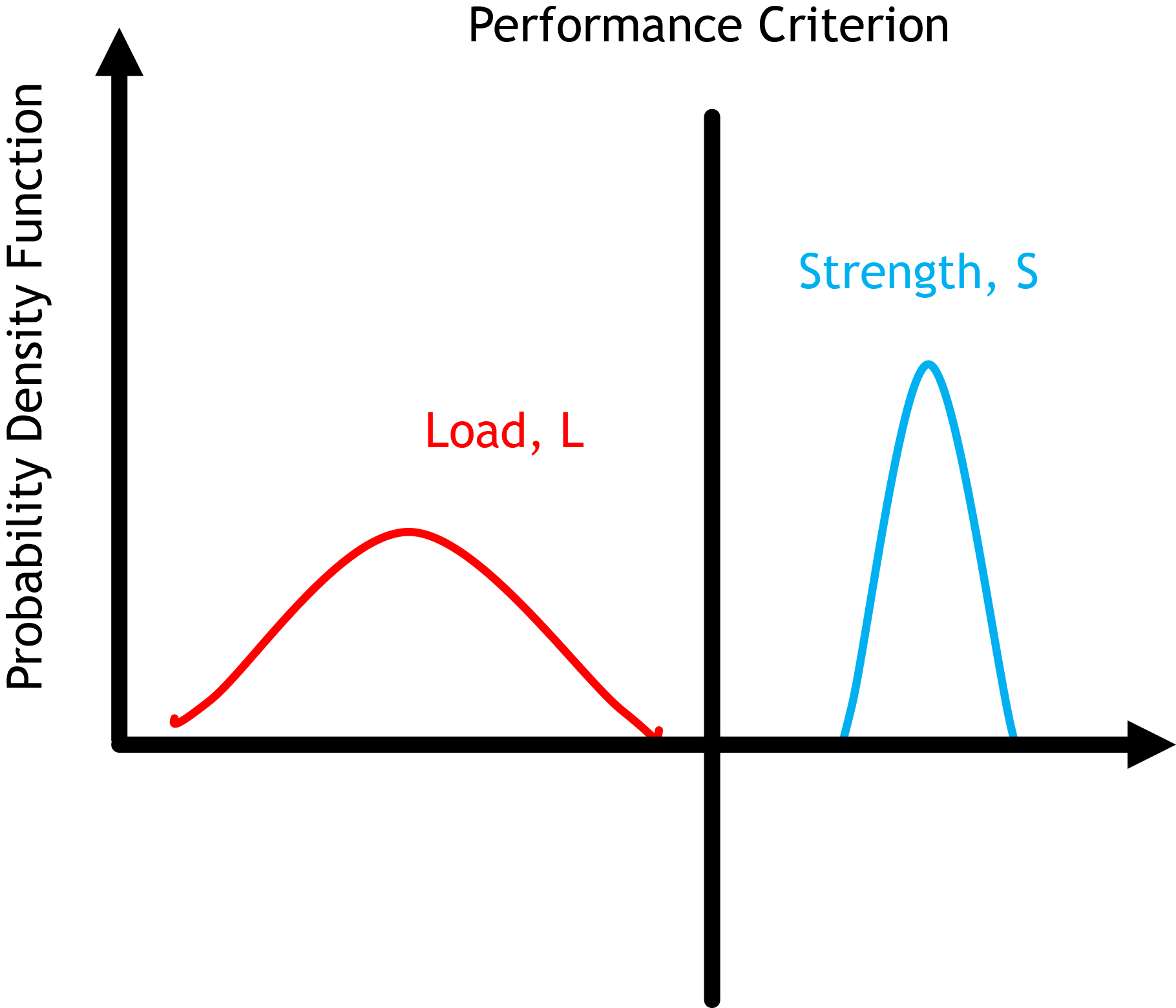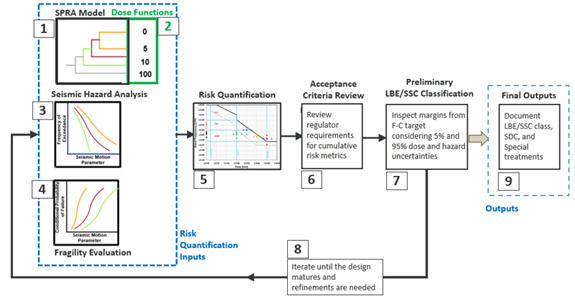Technology-inclusive implications of new ANS LWR design standard
Each month on the last Friday from 3:00 p.m. to 4:00 p.m. (ET), the American Nuclear Society’s Risk-informed, Performance-based Principles and Policy Committee (RP3C) holds a Community of Practice (CoP), which is open to all. On February 23, N. Prasad Kadambi, director of his eponymous engineering consultancy firm, presented “Technology-Inclusive Implications of ANSI/ANS-30.3-2022, Light Water Reactor Risk-Informed, Performance-Based Design.”
While Kadambi is the RP3C chair and a member of the working group that developed ANSI/ANS-30.3-2022, he clarified that his presentation “was not made on behalf of either group but as a RIPB [risk-informed, performance-based] practitioner.” Kadambi’s presentation is available to view on YouTube.
Kadambi introduced ANSI/ANS-30.3-2022 as a case-specific application of technology-inclusive RIPB principles. The standard invokes systems engineering (SE) best practices to implement a life-cycle perspective toward accomplishing licensing success of a reactor design—in this case, a new light water reactor. From an SE perspective, it is important to maintain coherence and consistency in project-related decision-making from conceptual design to the implementation of a mature reactor design. This approach establishes a decision-analysis process to identify technical alternatives; identifies and evaluates alternative courses of action; and records preferences, decision rationale, and assumptions to achieve nuclear licensing success.
 Structure and processes in ANS-30.3: The standard aids the user in the development of requirements based on a hierarchical arrangement of performance objectives, as described in Section 11, “Performance-based decision-making.” Distinctions are made between the safety design of a reactor and the overall design that necessarily includes economic, environmental, and other considerations; as well as the processes associated with safety design and licensing of the product. The standard does not cover all licensing matters that may arise, however.
Structure and processes in ANS-30.3: The standard aids the user in the development of requirements based on a hierarchical arrangement of performance objectives, as described in Section 11, “Performance-based decision-making.” Distinctions are made between the safety design of a reactor and the overall design that necessarily includes economic, environmental, and other considerations; as well as the processes associated with safety design and licensing of the product. The standard does not cover all licensing matters that may arise, however.
Flexibility in the licensing process: Kadambi believes that the U.S. licensing process has plenty of flexibility, While recognizing that current regulations are being implemented for LWRs with regulatory practice that has evolved to become prescriptive. Maximum benefits may be available to non-LWR applicants using regulatory modernization, because those designs are unencumbered by conventional regulatory practice. However, RIPB approaches can offer economic benefits to the current fleet for power uprates, license renewal, and life extension. He directed members to Svetlana Lawrence’s August 2023 CoP presentation, “Benefits of Adoption of RIPB Approaches for Operating Reactors' Licensing and Standards” and cited multiple regulatory documents that he feels offer flexibility not reflected in most actual practice.
Flexibility in the licensing process: Kadambi believes that the U.S. licensing process has plenty of flexibility, While recognizing that current regulations are being implemented for LWRs with regulatory practice that has evolved to become prescriptive. Maximum benefits may be available to non-LWR applicants using regulatory modernization, because those designs are unencumbered by conventional regulatory practice. However, RIPB approaches can offer economic benefits to the current fleet for power uprates, license renewal, and life extension. He directed members to Svetlana Lawrence’s August 2023 CoP presentation, “Benefits of Adoption of RIPB Approaches for Operating Reactors' Licensing and Standards” and cited multiple regulatory documents that he feels offer flexibility not reflected in most actual practice.
 The standard’s decision-making framework: A hierarchical approach implies another factor that frequently is not explicitly stated: There is a difference in the level of detail associated with performance objectives in a requirements hierarchy. The structure of performance objectives—that is, the framework—represents the relationships and dependencies among specified elements.
The standard’s decision-making framework: A hierarchical approach implies another factor that frequently is not explicitly stated: There is a difference in the level of detail associated with performance objectives in a requirements hierarchy. The structure of performance objectives—that is, the framework—represents the relationships and dependencies among specified elements.
In this case, the performance objectives represent the various aspects of the project incorporated into this formal decision analysis process. The framework implies a logical decomposition by which satisfaction of the objectives at lower levels implies satisfaction of the objectives at the higher level. Setting up the framework in a formal way enables ANSI/ANS-30.3-2022 to show that a formal safety case can be made for each topic in the standard.
Requirement, criterion, and performance objective: Kadambi proposed that a requirement be considered the basic element that establishes how a designer interacts and interfaces with the rest of the project. For example, a high-level requirement could be the demonstration of the feasibility of employing a nuclear heat source to replace a coal-powered heat source. This could then be broken down to lower levels, where requirements associated with design features, functions, systems, and components would be specified. Such a construct could propose that a design begin with components chosen as off-the-shelf items with “special treatments” prescribed only to improve specific performance elements. In this vein, Kadambi proposed that a performance objective should have an anatomy that includes parameters that need to meet certain criteria, which then become requirements.
 Setting criteria using concept of safety margin: The idea of setting criteria using the concept of safety margin is shown in the figure. The blue represents the system attributes that enable it to meet performance objectives. The red represents the various operating state system attributes that could change physically as a function of time. The safety margin in a performance-based approach is the difference between criterion and operating state. To assure safety, there must be a safety margin that is the difference between a point on the red curve to the criterion that has been set. ANSI/ANS-30.3-2022 offers a method to evaluate the set point for a criterion to estimate likelihood of being right or wrong with safety decisions. The idea is to have design constraints so that there will always be a positive margin between the load and the performance criterion.
Setting criteria using concept of safety margin: The idea of setting criteria using the concept of safety margin is shown in the figure. The blue represents the system attributes that enable it to meet performance objectives. The red represents the various operating state system attributes that could change physically as a function of time. The safety margin in a performance-based approach is the difference between criterion and operating state. To assure safety, there must be a safety margin that is the difference between a point on the red curve to the criterion that has been set. ANSI/ANS-30.3-2022 offers a method to evaluate the set point for a criterion to estimate likelihood of being right or wrong with safety decisions. The idea is to have design constraints so that there will always be a positive margin between the load and the performance criterion.
Notional-objectives hierarchy and application to licensing: Kadambi drew on his July 2022 CoP presentation with Rani Franovich, “A Performance-Based Approach for 10 CFR Part 53,” which involved a notional-objectives hierarchy for a molten-fuel, molten-salt reactor. The concept was notionally expanded into an application under 10 CFR Part 52 for a design certification application (DCA) for such a reactor. Specifically, the safety case could propose principal design criteria (PDC) and show its relationship to the design bases, employing the process elements in Sections 4, 5, and 6 in ANSI/ANS-30.3-2022. The notional application would need to recognize that challenges posed by beyond-design-basis scenarios should be considered. These could be addressed with Sections 8, 9, and 10 of the standard as evaluation of defense-in-depth. Section 7 could be used as a basis for confirmation that a fit-for-purpose probabilistic risk assessment shows appropriate risk management in the design.
Value proposition of ANS-30.3 as a VCS: ANSI/ANS-30.3-2022 is well positioned to offer many of the bases needed to build the safety case to prepare a non-LWR license application using a voluntary consensus standard (VCS) in the same way that standards developed by other standards development organizations are used, said Kadambi.
ANSI/ANS-30.3-2022 provides an architecture of a decision-making framework that enables input of information on performance objectives to be incorporated into a structure, such that various levels of detail can be formally considered while proposing alternative means for accomplishing them. One or more decision-making structures may be used to serve as “scaffolding” that formally tracks requirements among the various processes described to reach logically defensible decisions. ANSI/ANS-30.3-2022 offers methods to take account of physical and temporal margins by assessing the likelihood of making right or wrong decisions relative to set points of observable criteria. If ongoing NRC review leads to endorsement, ANSI/ANS-30.3-2022 would be a notable accomplishment relative to the Nuclear Energy Innovation and Modernization Act, as well as federal direction in Office of Management and Budget Circular A-119, “Federal Participation in the Development and Use of Voluntary Consensus Standards and in Conformity Assessment Activities,” to strive for performance-based requirements.
Links to Kadambi’s most recent CoP presentation recording and more than 40 others are available on the CoP’s page on the ANS website. Kadambi, who has chaired RP3C since 2013, is continually recruiting presenters for monthly presentations. Contact standards@ans.org to inquire about being a presenter and for any questions.





